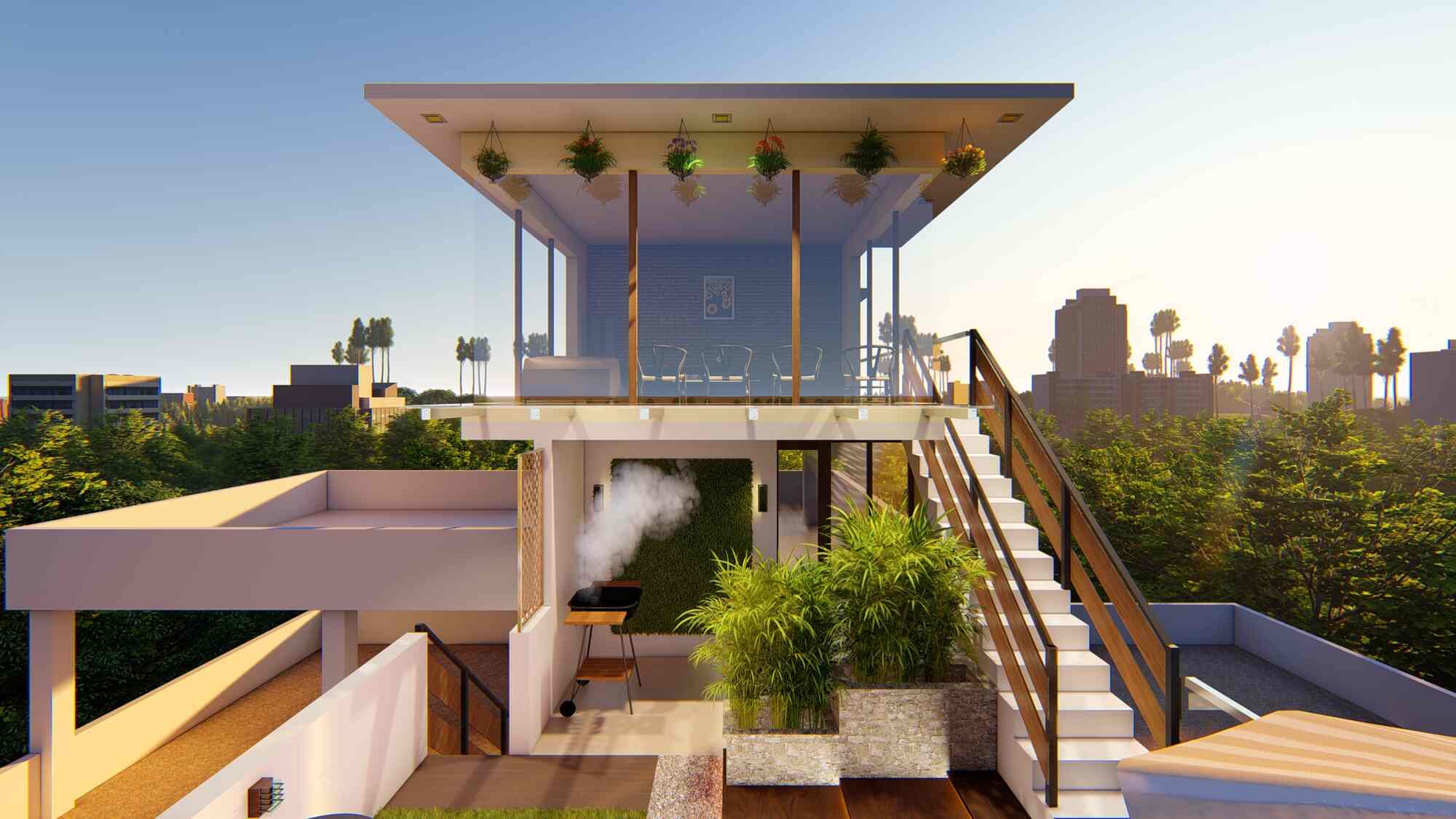In the realm of contemporary architecture, there exists a fascinating intersection where cultures merge, and styles intertwine to create something truly remarkable. Architectural fusion, the art of blending different cultural and stylistic elements, has become a hallmark of modern design. In this exploration, we delve into the depths of this innovative approach, unraveling the nuances that make architectural fusion an avant-garde trend that continues to capture the imagination of designers and enthusiasts alike.
Embracing Diversity: The Essence of Architectural Fusion
Architectural fusion is more than just a combination of diverse styles; it embodies the essence of cultural diversity. By seamlessly integrating elements from various cultures, architects can craft spaces that resonate with a global audience. This amalgamation fosters a sense of inclusivity and openness, breaking down cultural barriers and creating designs that are universally appreciated.
Bridging the Past and Present: Timeless Designs Reimagined
One of the remarkable aspects of architectural fusion is its ability to bridge the gap between the past and the present. By integrating historical architectural elements into contemporary designs, architects pay homage to tradition while pushing the boundaries of innovation. This seamless blend of old and new results in spaces that are not just visually stunning but also carry a rich historical narrative, appealing to those with a penchant for both tradition and modernity.
Cultural Inspirations: From East to West
Architectural fusion draws inspiration from a myriad of cultures spanning the globe. From the intricate lattice work of Moroccan architecture to the minimalist elegance of Japanese design, architects are incorporating elements that have historically defined different regions. The infusion of Eastern and Western motifs, such as the ornate patterns of Islamic architecture juxtaposed with the sleek lines of Scandinavian design, creates a harmonious balance that captivates the senses.
Materials and Textures: A Feast for the Senses
In the realm of architectural fusion, materials and textures play a pivotal role. The juxtaposition of raw, natural materials like stone and wood with modern elements such as glass and steel adds depth and character to spaces. This tactile experience invites inhabitants to engage with their surroundings on a sensory level, creating an immersive environment that leaves a lasting impression.
Sustainable Fusion: Harmonizing Design with Nature
As the world embraces sustainable practices, architectural fusion has also taken a green turn. Designers are integrating eco-friendly materials and energy-efficient technologies into their fusion projects, creating spaces that not only captivate aesthetically but also minimize environmental impact. This harmonious blend of sustainability and style not only reflects a commitment to the planet but also sets a new standard for conscientious design practices.
The Future of Architectural Fusion: Pushing Boundaries
As we gaze into the future, the trajectory of architectural fusion seems boundless. With advancements in technology and a growing global awareness of diverse design traditions, architects are poised to push the boundaries of creativity even further. The fusion of virtual reality, artificial intelligence, and traditional architectural elements holds the promise of creating immersive, interactive spaces that redefine the way we perceive and inhabit our environment.
Architectural fusion stands as a testament to the power of creativity and cultural appreciation. By seamlessly blending diverse styles, honoring tradition, and embracing sustainability, architects are crafting spaces that transcend the ordinary and invite us into a world of endless possibilities. As this innovative trend continues to evolve, it leaves an indelible mark on the architectural landscape, inspiring generations to come.


YOUR COMMENT